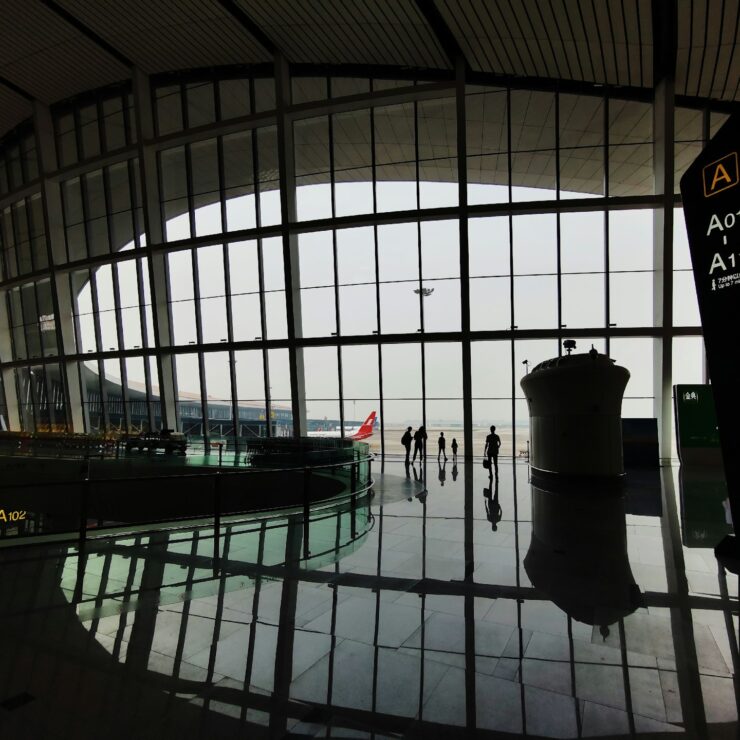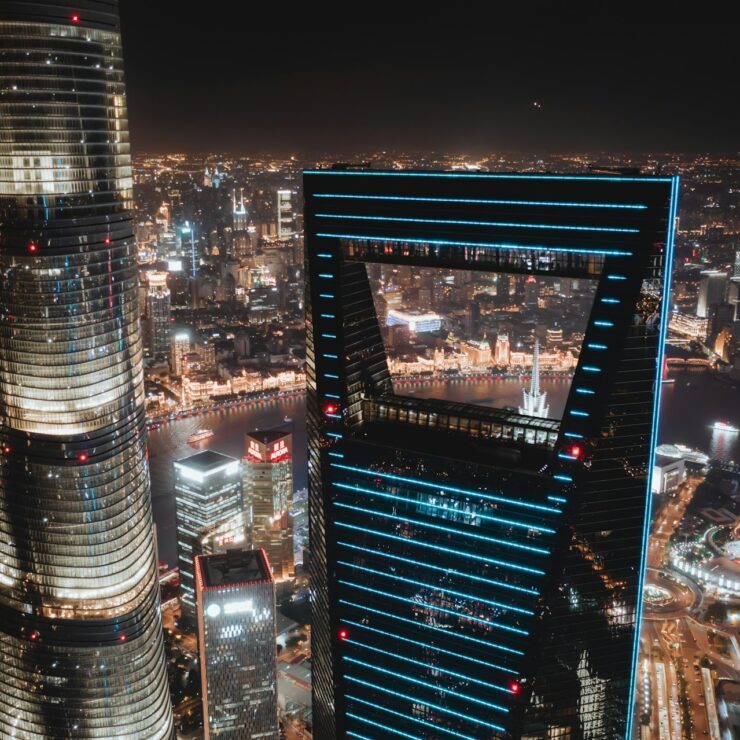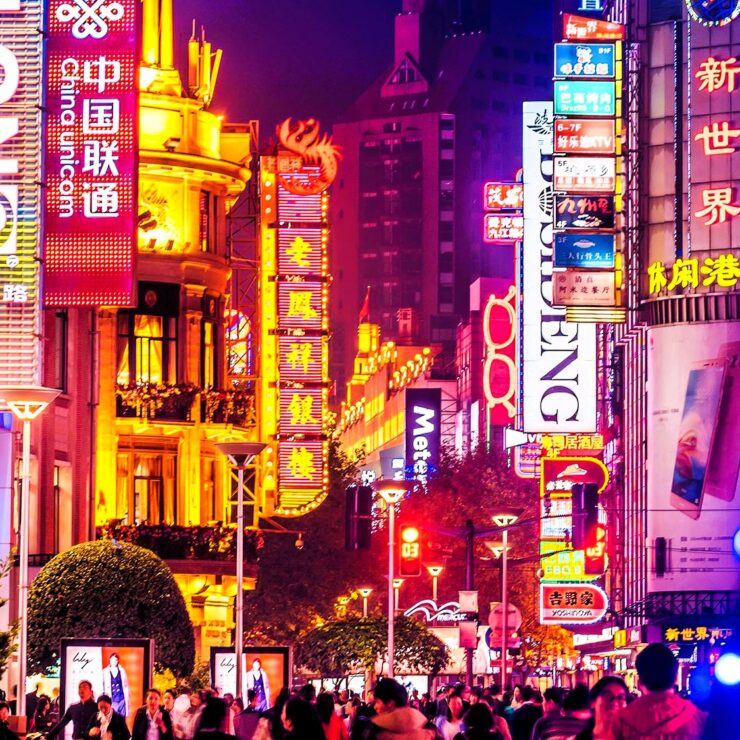Shanghai, China’s vibrant financial hub, offers an intoxicating blend of futuristic skylines, historical architecture, and rich cultural experiences. While it has a reputation as one of Asia’s more expensive cities, exploring Shanghai doesn’t have to drain your bank account. With strategic planning and local insights, you can experience the best of this magnificent metropolis without breaking the budget.
Planning Your Trip
Best Time to Visit
Shanghai’s tourism has distinct high and low seasons that significantly impact costs:
Budget-friendly seasons:
- November to March (except Chinese New Year): Hotel rates drop by 30-40%, and attractions are less crowded. Winter (December-February) offers the lowest prices, though temperatures can drop to near freezing.
- June-August: While hot and humid, summer sees fewer business travelers, resulting in hotel discounts of 15-25%.
Avoid if possible:
- Chinese New Year (January/February): Prices skyrocket and many businesses close.
- October National Holiday: Known as “Golden Week,” this period sees domestic tourism surge and prices increase dramatically.
- April-May and September-October: The pleasant weather makes these Shanghai’s peak tourist seasons with corresponding prices.
Transportation to Shanghai
Flight strategies:
- Book 2-3 months in advance for international flights
- Consider flying into nearby Hangzhou (2 hours by train) if significantly cheaper
- Use flight comparison tools like Skyscanner or Google Flights with flexible dates
- Tuesday and Wednesday departures often offer better rates
Visa Considerations
China requires visas for most foreign visitors. Money-saving tips:
- Apply directly at Chinese consulates rather than through agencies (saves $50-100)
- Check if you qualify for the 144-hour visa-free transit policy if you’re continuing to another country
- Consider multi-entry visas if planning return visits within the year
Accommodation Options
Budget Accommodations
Hostels:
- Dorm beds range from ¥60-120 ($8-17) per night
- Top-rated options include The Phoenix, Blue Mountain Youth Hostel, and Captain Hostel
- Book hostels with free breakfast and kitchen facilities to save on meals
Budget hotels:
- Look for local chains like Home Inn, 7 Days Inn, and Jinjiang Inn (¥150-300/$21-42 per night)
- These offer clean, basic rooms often in excellent locations
Alternative options:
- Airbnb private rooms average ¥150-350 ($21-50) per night
- University guesthouses during summer breaks (¥180-250/$25-35)
- Capsule hotels like Miniinn offer pods from ¥100 ($14) per night
Location strategy:
- Stay in Jing’an, Changning, or Xuhui districts for good value and convenient metro access
- Avoid the Bund and Lujiazui areas where prices are highest
- Prioritize proximity to metro stations over tourist attractions
Getting Around Shanghai
Public Transportation
Shanghai’s extensive public transit system is both efficient and affordable:
Metro system:
- Single journeys cost ¥3-9 ($0.40-1.30) depending on distance
- Purchase a Shanghai Public Transportation Card (¥20 deposit) to save 10% on metro and bus fares
- The metro runs from 5:30am to around 11:30pm
Buses:
- Most routes cost just ¥2 ($0.30)
- Download the “Metro China” app for real-time schedules and route planning
Ferries:
- Cross the Huangpu River for just ¥2 ($0.30), offering spectacular views of the Bund and Pudong skyline
Bicycles:
- Public bike-sharing systems like Hellobike and Meituan Bike cost approximately ¥1-2 ($0.15-0.30) per 30 minutes
- Require Chinese payment methods, so ask a local friend to help set up
Walking:
- Many central areas like the Former French Concession and Tianzifang are best explored on foot
- Download offline maps before your trip to avoid data charges
Avoid:
- Taxis during rush hour (7-9am, 5-7pm) when traffic is gridlocked
- Tourist trap “special” transportation services that charge premium rates
Eating on a Budget
Street Food and Local Eateries
Shanghai’s food scene offers incredible value if you know where to look:
Street food markets:
- Sipailou Food Street near Confucius Temple
- Wujiang Road Food Street near Nanjing Road
- Typical dishes cost ¥5-20 ($0.70-2.80)
Must-try budget dishes:
- Shengjianbao (pan-fried soup dumplings): ¥8-15 ($1.10-2.10) for 4-6 pieces
- Jianbing (savory crepes): ¥5-10 ($0.70-1.40)
- Congyoubing (scallion pancakes): ¥3-8 ($0.40-1.10)
- Cifantuan (sticky rice rolls): ¥3-6 ($0.40-0.85)
Budget restaurant chains:
- Yang’s Dumplings for affordable shengjianbao
- Lanzhou Lamian for hand-pulled noodles (¥12-20/$1.70-2.80)
- Xibei for Northwestern Chinese cuisine with generous portions
University canteens:
- Fudan, Jiaotong, and Tongji Universities have canteens open to the public
- Full meals for ¥15-25 ($2.10-3.50)
Money-saving dining tips:
- Lunch specials (11:30am-1:30pm) offer 20-30% discounts at many restaurants
- Look for restaurants with lines of locals (a good sign of quality and value)
- Learn basic food-related Chinese phrases or save them in your phone
- Carry your own water bottle and refill at hotels or filtered water stations
Free and Low-Cost Attractions
Free Attractions
Shanghai offers numerous free experiences:
Parks and gardens:
- People’s Square
- Fuxing Park
- Zhongshan Park
- Gongqing Forest Park
Cultural sites:
- The Bund promenade (best at sunrise or sunset)
- Nanjing Road Pedestrian Street
- Tianzifang art district (free to enter, though shops are pricey)
- Former French Concession (self-guided walking tour)
Free museums:
- Shanghai Museum (donations suggested)
- Shanghai Urban Planning Exhibition Hall (free on Tuesdays)
- China Art Museum (free with ID)
- Shanghai Propaganda Poster Art Centre (¥25/$3.50, but worth every yuan)
Local experiences:
- Morning tai chi sessions in parks
- Nighttime light show on the Bund (viewed from Pudong side)
- Wedding market at People’s Park on weekends
- Street performances on Nanjing Road
Budget-Friendly Paid Attractions
For attractions with entrance fees:
Discounted tickets:
- Purchase through official WeChat accounts or Chinese booking platforms like Ctrip
- Visit during weekday mornings for shorter lines and occasional discounts
- Student/senior discounts (bring ID)
Best value paid attractions:
- Yu Garden: ¥40 ($5.60)
- Shanghai Tower Observation Deck: ¥180 ($25) – expensive but offers unparalleled views
- Shanghai Disneyland: Purchase non-peak day tickets in advance (from ¥399/$56)
- Water towns like Zhujiajiao: ¥80 ($11) entrance fee, accessible via public transport
Shopping Smartly
Souvenir Shopping
Affordable markets:
- Qipu Road Clothing Market for clothing and accessories
- Yuyuan Bazaar for traditional items (but negotiate hard)
- Dongtai Road Antique Market for vintage finds and replicas
- Shiliupu Fabric Market for custom clothing at reasonable prices
Negotiation tips:
- Start at 30% of the initial asking price
- Be prepared to walk away
- Buy multiple items from one vendor for better discounts
- Bring small bills and exact change
Budget souvenirs:
- Tea (¥30-100/$4-14 for quality varieties)
- Paper cuttings (¥10-50/$1.40-7)
- Chops/name stamps (¥50-150/$7-21)
- Shanghai-themed postcards and prints (¥5-20/$0.70-2.80)
Money-Saving Travel Hacks
Digital Payment Solutions
China is increasingly cashless, which can be challenging for tourists:
Options for foreigners:
- WeChat Pay and Alipay now offer tourist versions with limited functionality
- Link these to foreign credit cards where possible
- Some hotels can help set up temporary accounts
Cash strategies:
- Withdraw larger amounts less frequently to minimize ATM fees
- Use Bank of China ATMs for lowest fees
- Notify your bank before traveling to avoid card blocks
Communication
Internet access:
- Purchase a local SIM card (¥100-200/$14-28 for 30 days with data)
- China Mobile and China Unicorn offer tourist packages
- Set up a VPN before arriving in China to access blocked websites
Free Wi-Fi:
- Most cafes, restaurants, and shopping malls offer free Wi-Fi
- Metro stations have free Wi-Fi networks
- Public libraries provide free internet access
Day Trips
Nearby destinations:
- Suzhou: 30 minutes by high-speed train (¥39.5/$5.50 one-way)
- Hangzhou: 1 hour by high-speed train (¥73/$10.20 one-way)
- Zhujiajiao Water Town: 1.5 hours by public bus (¥12/$1.70 one-way)
Transportation tips:
- Book train tickets through 12306.cn or at station kiosks (bring passport)
- Travel midweek for better availability and sometimes lower prices
- Consider group tours for distant water towns as they often include transportation and entrance fees
Safety and Health on a Budget
Affordable healthcare:
- Clinics like Parkway Health offer English-speaking services at lower rates than international hospitals
- Pharmacies sell many medications over-the-counter at reasonable prices
- Purchase travel insurance before your trip
Tap water:
- Not safe to drink without boiling or filtering
- Bottled water costs ¥2-5 ($0.30-0.70) in convenience stores
Air quality:
- Check AQI levels on apps like “Air Matters”
- N95 masks cost ¥5-15 ($0.70-2.10) at pharmacies
Seasonal Considerations and Events
Free seasonal events:
- Shanghai Tourism Festival (September): free performances and activities
- Christmas markets and light displays (December)
- Chinese New Year celebrations (January/February)
- Shanghai International Film Festival (June): some free screenings
Final Tips
- Learn basic Mandarin phrases: Hello (Nǐ hǎo), Thank you (Xièxiè), How much? (Duōshǎo qián?)
- Avoid tourist traps: Tea ceremonies where you’re approached on the street, overpriced river cruises
- Tipping: Not expected in most situations
- Early bird advantages: Many attractions are less crowded and more enjoyable before 10am
- Rainy day plans: Shanghai’s museums, underground malls, and metro system provide excellent shelter
With these strategies, you can experience the magic of Shanghai while keeping your budget intact. The city rewards those who explore beyond the obvious tourist paths, offering authentic experiences that often cost less than the mainstream attractions. By balancing splurges with savings, you’ll discover that Shanghai can be both affordable and unforgettable.






